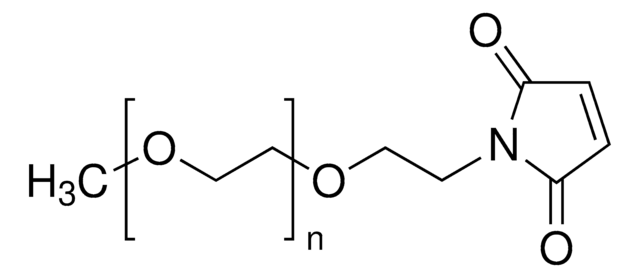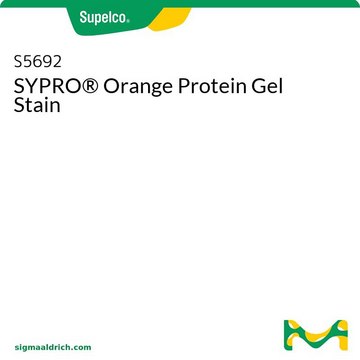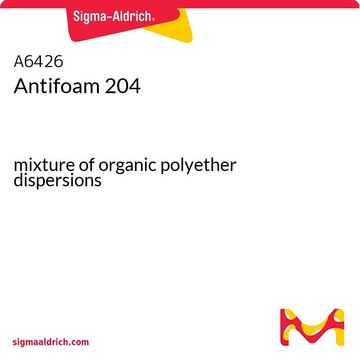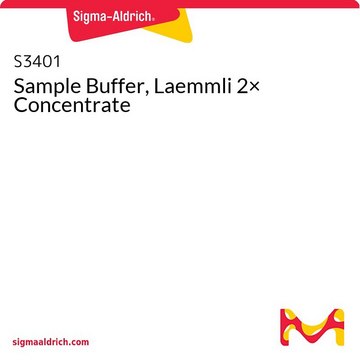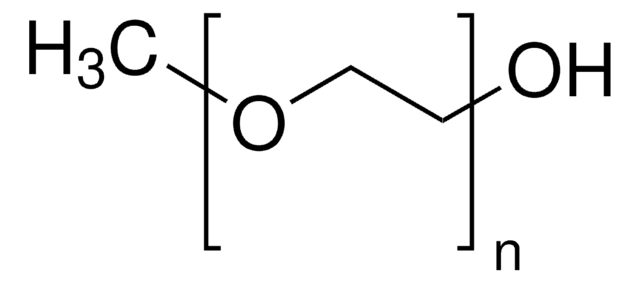M3903
Methoxypolyethylene glycol p-nitrophenyl carbonate
average mol wt 5,000
Synonym(s):
Methoxy PEG Nitrophenyl Carbonate, Methoxypoly(ethylene glycol) nitrophenyl carbonate, Polyethylene glycol, mPEG-NPC
Sign Into View Organizational & Contract Pricing
All Photos(1)
About This Item
Recommended Products
General description
Methoxypolyethylene glycol p-nitrophenyl carbonate is a polyethylene glycol (PEG) derivative. PEGs are widely used as a covalent modifier of biologic macromolecules and particulates and for mechanism of drug delivery.
Application
Methoxypolyethylene glycol p-nitrophenyl carbonate has been used in a study to obtain unimolecular dendritic micelles designed as solubility enhancers. It has also been used in a study to investigate the properties of lipase from Candida rugosa modified with Mpeg. It is also useful for modification of proteins.
Storage Class Code
11 - Combustible Solids
WGK
WGK 3
Flash Point(F)
Not applicable
Flash Point(C)
Not applicable
Personal Protective Equipment
dust mask type N95 (US), Eyeshields, Gloves
Regulatory Information
新产品
Choose from one of the most recent versions:
Already Own This Product?
Find documentation for the products that you have recently purchased in the Document Library.
Properties of methoxy(polyethylene glycol)-lipase from Candida rugosa in organic solvents
Zacchigna, M., et al.
Il Farmaco Ed. Sc., 53, 758-758 (1998)
Hu Yang et al.
Journal of colloid and interface science, 273(1), 148-154 (2004-03-31)
Unimolecular dendritic micelles designed as solubility enhancers were obtained by coupling polyethylene glycol (PEG) to Starburst polyamidoamine (PAMAM) dendrimers. Micelles-750, -2000, and -5000 have a generation 3.0 dendrimer core (32 primary amine end groups) and PEG arms with molecular weights
Chemistry of polyethylene glycol conjugates with biologically active molecules
Zalipsky, S., et al.
Advanced Drug Delivery Reviews, 16, 157-157 (1995)
F M Veronese et al.
Applied biochemistry and biotechnology, 11(2), 141-152 (1985-04-01)
A single-step method of activation of monomethoxypolyethylene glycols suitable for its binding to polypeptides and proteins is proposed. Based on the reaction with 2,4,5-trichlorophenylchloroformate or p-nitrophenylchloroformate, it gives reactive PEG-phenylcarbonate derivatives. The PEG intermediate is stable on storage, the activating
Our team of scientists has experience in all areas of research including Life Science, Material Science, Chemical Synthesis, Chromatography, Analytical and many others.
Contact Technical Service
